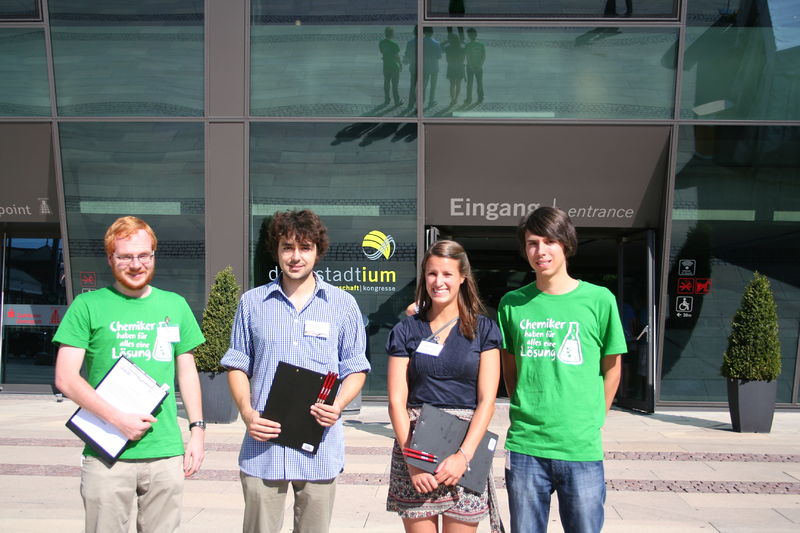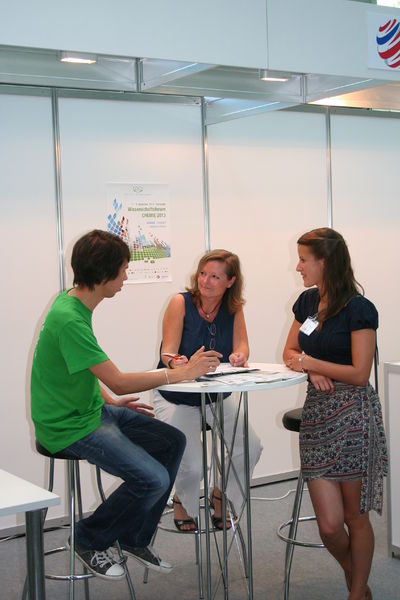Team:TU Darmstadt/humanpractice
From 2013.igem.org
| Line 142: | Line 142: | ||
<a href="https://2013.igem.org/Team:TU_Darmstadt/humanpractice"> | <a href="https://2013.igem.org/Team:TU_Darmstadt/humanpractice"> | ||
| - | <img alt="team" src="/wiki/images/ | + | <img alt="team" src="/wiki/images/b/b3/08._Human_Practice_(angewählt).jpg" width="150" height="30"></a> |
<a href="https://2013.igem.org/Team:TU_Darmstadt/modelling"> | <a href="https://2013.igem.org/Team:TU_Darmstadt/modelling"> | ||
Revision as of 18:00, 4 October 2013
Idea
The goal of our iGEM-Project is to develop a 
These concerns can be very serious and grave especially when the topics GMOs and food products come together. To improve our project we decided to evaluate the concerns 
In order to reach a large crowd of people differing in age, education, origin, gender and attitude towards genetic engineering, we did not focus on a specific audience. To ensure variability in our audience we addressed them in two different ways. On the one hand we published our questionary online via different social media and thereby addressed people anonymously. On the other hand we also approached the audience personal and asked them to participate in our survey. This gave us the possibility to explain upcoming questions and gave us a better impression of the opinion of the questioned people towards our project and their ideas and concerns about it.
 "
"